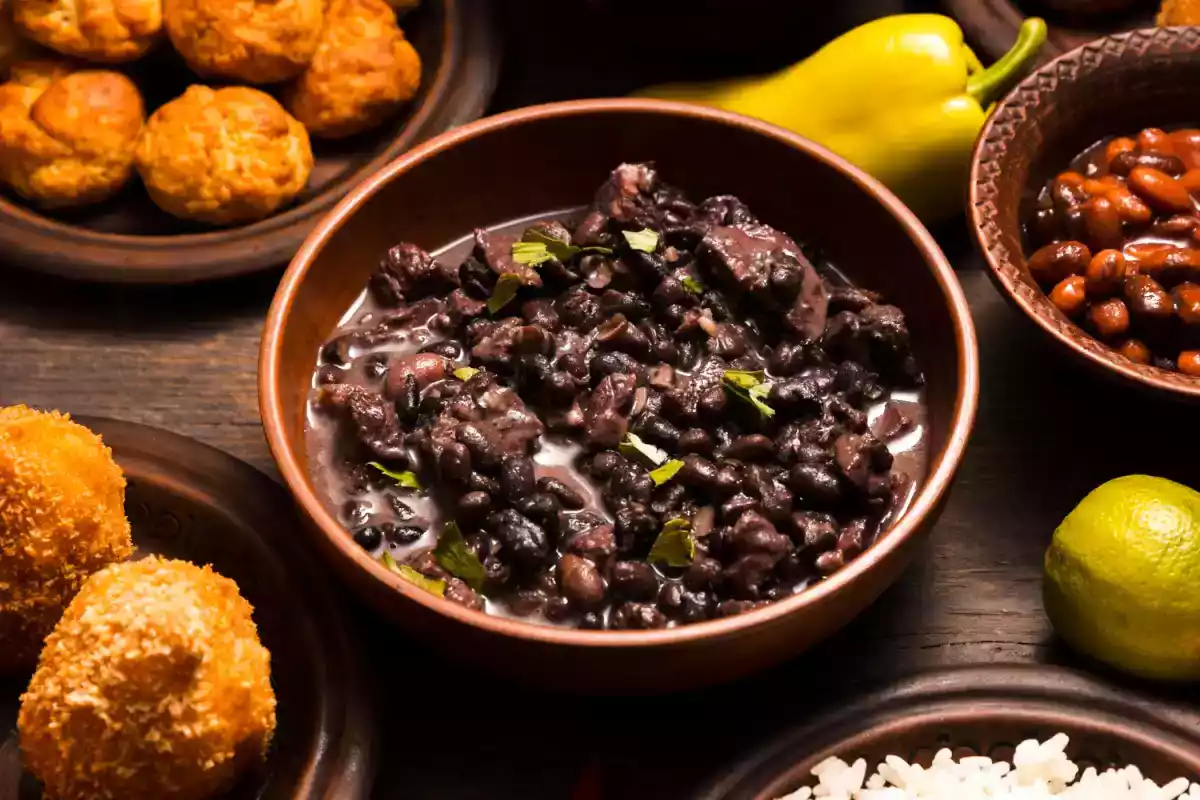Discover 10 recipes that were once considered poor but have become true gems of gastronomy!

The history of cooking is full of ironies. Often, the simplest and most accessible dishes, created in times of scarcity, end up becoming true icons of world gastronomy. The so-called "poor man's recipes" are a case in point. Made with cheap and easily found ingredients, they have found a path to success, winning over discerning palates and becoming culinary classics.
Why are these recipes so successful?
- Authentic flavor: The simplicity of the ingredients and the lack of artificial additives give these dishes a unique and authentic flavor.
- Connection with the roots: Many of these recipes evoke emotional memories and a connection with the culture and tradition of a people.
- Sustainability: By using local and low-cost ingredients, these recipes contribute to a more sustainable and conscious diet.
- Versatility: Most humble recipes can be adapted to different tastes and occasions, making them very versatile.
Some examples of recipes that have risen from poverty to fame:
1. Feijoada (Brazil) - Originally, feijoada was made with less noble cuts of pork, such as ears, feet and tails, used by slaves in colonial Brazil. Over time, the dish was perfected and came to include various meats and sausages, becoming a symbol of Brazilian cuisine and being served in sophisticated restaurants around the world.
2. Pizza Margherita (Italy) - Pizza was born as a simple food for Neapolitan peasants. With basic ingredients such as bread dough, tomato sauce and cheese, Margherita pizza has become a benchmark for taste and elegance, enshrined as a symbol of Italy and exported globally.
3. Ratatouille (France) - This classic French dish has humble origins, being prepared by peasants with available vegetables such as zucchini, eggplant, tomatoes and peppers. Today, ratatouille is a sophisticated delicacy served in starred restaurants.
4. Ramen (Japan) - Initially, ramen was an affordable food for workers and students in Japan, made with noodles, broth and leftover meat or vegetables. Over the years, it has become a gastronomic phenomenon, with chefs creating gourmet versions that cost real fortunes.
5. Ceviche (Peru) - Ceviche originated among Peruvian fishermen as a simple way of eating raw fish, marinated with lemon or lime and basic spices. Today, it is one of the most popular dishes in Peruvian cuisine, and is prized in haute cuisine restaurants.
6. Bouillabaisse (France) - This fish soup originated in Marseille as a way of making use of fish that was less valued or rejected by the markets. Today, bouillabaisse is a gourmet dish that represents the best of Provençal cuisine.
7. Gallo Pinto (Central America) - A typical dish from Costa Rica and Nicaragua, gallo pinto combines rice and beans with simple spices. Created to feed rural workers, it is now a national icon and appears on tourist menus as a symbol of authenticity.
8. Tortilla de Patatas (Spain) - The famous Spanish tortilla, made with potatoes, eggs and sometimes onions, was created as a cheap dish to feed families during difficult times. Today, it is a must in Spanish bars and restaurants, served as a tapa or main course.
9. Polenta (Italy) - Originally, polenta was a staple food of the poorer classes in northern Italy, made with corn flour. Now, polenta appears in elaborate dishes, accompanying sophisticated meats or as a base for complex sauces.
10. Pão de Queijo (Brazil) - Born out of the creativity of Minas Gerais cooks who used polvilho instead of wheat due to scarcity, pão de queijo has become one of the greatest symbols of Brazilian cuisine, with versions sold even in international coffee shops.
What can we learn from these recipes?
Humble recipes teach us that good food doesn't have to be complicated or expensive. With creativity and simple ingredients, it's possible to prepare delicious and nutritious dishes. What's more, they connect us with our roots and remind us of the importance of valuing the food culture of our ancestors.
In an increasingly globalized world with access to a multitude of ingredients, it's important to remember that the true essence of cooking lies in simplicity and authenticity. The humble recipes are an inspiring example of how gastronomy can be democratic and accessible to all.
The recipes are here

Ceviche with canned cockles

Ratatouille - video recipe !

Pão de queijo, brazilian cheese bread

Chicken ramen: the easy version of this iconic asian dish!
Read more
 Mirella Mendonça
Mirella Mendonça


Comments